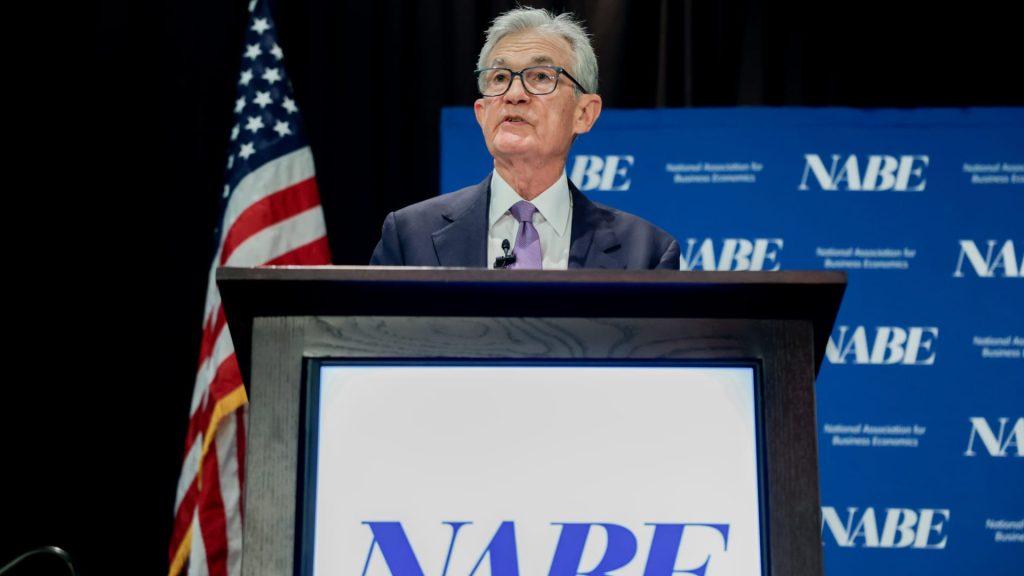The Federal Reserve is expected to cut interest rates on Wednesday, and wealthy U.S. households may benefit most.
The federal funds rate is the interest rate at which banks borrow and lend to one another overnight. A quarter-point reduction would bring the benchmark rate to a range between 3.75%-4.00%. It could fall to 3.1% by the end of 2027, according to a September forecast from the Federal Open Market Committee.
“That really sets the floor for all other interest rates,” said Michael Wagner, co-founder of Omnia Family Wealth in Aventura, Florida. “We ultimately start earning less money on cash, which makes it less attractive versus other investments.”
Reductions in the fed funds rate typically set off a chain reaction throughout the economy.
For example, cash held in high-yield savings accounts typically earns less money soon after a reduction in the federal funds rate. The change in short-term interest rates can also potentially lead to cheaper terms on longer-term loans, such as mortgages.
Fed cuts may ‘widen the generational wealth gap’
Lower interest rates can speed up economic growth and lead to an increase in hiring, experts say. But they are also associated with rising levels of wealth inequality.
“The Fed’s easing cycle could unintentionally widen the generational wealth gap, lifting the net worth of retirees, baby boomers,” said Kathryn Rooney Vera, a chief market strategist at StoneX Group.
That’s because asset price booms tend to follow Fed rate cuts, and older, wealthier consumers — who own more stocks — disproportionately benefit from those market gains. Meanwhile, younger and less advantaged households with more of their assets in cash may see their returns diminish.
The top 0.1% wealthiest households own over $23 trillion in financial assets as of the second quarter of 2025, according to Federal Reserve data. That’s a 91.2% increase from the $12.32 trillion recorded in the first quarter of 2020.
By contrast, the bottom half of the U.S. population holds about $10 trillion in assets. That’s a 46.6% increase from the start of 2020, when this segment held just $6.93 trillion in assets.
Watch the video above to see how the Fed’s decision to lower interest rates affects your wealth.

